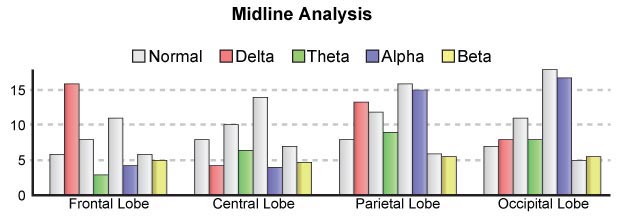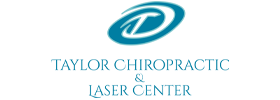Brain Mapping

A Brain Map is a non-invasive tool we use to identify the problem areas of the brain. There is no more accurate tool available today for identifying irregular brainwaves. It also generates a set of protocols that can correct your specific brainwave irregularities using neurofeedback and other modalities.
The Brain Map process is painless, safe, accurate and non-invasive. There really is no better tool for analyzing brainwaves and collecting customized data for each individual. Contact our team today to learn more.
How Does A Brain Map Work?
A brain map involves scanning the brainwaves on the surface of the scalp using a nylon cap. This method is known as an Quantitative Electroencephalogram (QEEG) and provides the most accurate recording of your normal brain function. The system then compares your brainwave activity to a database of established standards of normal brain function to determine if problems are present. It does not identify specific conditions: It shows a map of problem areas in the brain that we can use to expertly determine likely neurological conditions.
Why Brainwaves Are Important
Brainwaves are extremely important to how we function. There are 4 main brainwaves, and each of them regulates a different part of our body. From sleep to emotions to critical thinking, we would not be who we are without our brainwaves. Let’s learn about each one.
Beta Waves
These brainwaves are commonly observed while we are awake. They are involved in conscious thought, logical thinking, writing, reading and stimulation. Having the right amount of beta waves allows us to focus and complete school or work-based tasks easily. Having too much beta may lead to us experiencing excessive stress and/or anxiety.
- Too much: Adrenaline, anxiety, high arousal, inability to relax, stress
- Too little: ADHD, daydreaming, depression, poor cognition
- Optimal: Conscious focus, memory, problem solving
- Increase beta waves: Coffee, energy drinks, various stimulants
Alpha Waves
This frequency range bridges the gap between our conscious thinking and subconscious mind. It helps us calm down when necessary and promotes feelings of deep relaxation. If we become stressed, a phenomenon called “alpha blocking” may occur which involves the beta waves “blocking” the production of alpha waves.
- Too much: Daydreaming, inability to focus, too relaxed
- Too little: Anxiety, high stress, insomnia, OCD
- Optimal: Relaxation
- Increase alpha waves: Alcohol, marijuana, relaxants, some antidepressants
Theta Waves
This particular frequency range is involved in daydreaming and sleep. Theta waves are connected to us experiencing and feeling deep and raw emotions. Too much theta activity may cause depression and make people “highly suggestible” because they are in a deeply relaxed, semi-hypnotic state. Theta can improve intuition, creativity, and makes us feel more natural. It is also involved in restorative sleep.
- Too much: ADHD, depression, hyperactivity, impulsivity, inattentiveness
- Too little: Anxiety, poor emotional awareness, stress
- Optimal: Creativity, emotional connection, intuition, relaxation
- Increase theta waves: Depressants
Delta Waves
These are the slowest recorded brain waves in human beings. They are associated with the deepest levels of relaxation and restorative, healing sleep. Adequate production of delta waves helps us feel completely rejuvenated after we wake up from a good night’s sleep.
- Too much: Concussions, learning problems, inability to think, severe ADHD
- Too little: Inability to rejuvenate body, inability to revitalize the brain, poor sleep
- Optimal: Immune system, natural healing, restorative / deep sleep
- Increase delta waves: Depressants, sleep
The Brain Map Report
This comprehensive report of findings shows the problem areas of the brain and how to improve them with neurofeedback. The data is easy to read.
Here are some sample pages.
This page shows an analysis of each lobe of the brain (frontal, parietal, central, temporal and occipital) for each type of brain wave: Delta, Theta, Alpha, Beta. Green indicates a normal level, red is elevated and yellow is extreme.

A more detailed analysis of the brain is provided in this section. Specific measures such as impulsiveness, Aggression, Focus, Motivation, Memory processing and much more is detailed in this section.
This section breaks down the results into a very specific chart that allows you to identify the specific areas of the brain that need to be addressed. The information collected here is based on the results of the map, compared with the online questionnaire that each person must fill out prior to their brain map. This gives each person the most comprehensive and detailed analysis of their brain possible.

The Midline Analysis is a visual reference of your brainwaves compared to normal ones. Gray bars are normal levels, color bars are from your brain map.
For more information on brain mapping, contact us either at our Torrance or Palm Beach Gardens locations today to schedule an appointment.



